Changing Consumer Travel Preferences
The Passenger Ferries Market is witnessing a transformation in consumer travel preferences. With an increasing number of travelers seeking unique and experiential journeys, ferries are becoming an attractive option. This shift is particularly evident among younger demographics who prioritize experiences over traditional travel methods. Data suggests that ferry travel is perceived as a more scenic and leisurely alternative, appealing to those looking to explore coastal regions and islands. Additionally, the rise of social media has amplified the visibility of ferry travel experiences, further enticing potential passengers. As consumer preferences continue to evolve, ferry operators may need to adapt their offerings to cater to this growing segment, thereby driving growth in the Passenger Ferries Market.
Expansion of Tourism and Leisure Activities
The expansion of tourism and leisure activities is a significant driver for the Passenger Ferries Market. As travel becomes more accessible, there is a marked increase in the number of tourists seeking ferry services to explore coastal and island destinations. Recent statistics indicate that ferry services are often preferred for their ability to provide scenic views and a unique travel experience. This trend is particularly pronounced in regions with rich maritime heritage and natural beauty. Consequently, ferry operators are likely to enhance their service offerings, including themed cruises and leisure packages, to attract tourists. The growing emphasis on experiential travel is expected to further bolster the Passenger Ferries Market, as operators strive to meet the diverse needs of leisure travelers.
Rising Demand for Eco-Friendly Transportation
The Passenger Ferries Market is experiencing a notable shift towards eco-friendly transportation options. As environmental concerns gain prominence, consumers increasingly prefer modes of travel that minimize carbon footprints. This trend is reflected in the growing investment in hybrid and electric ferries, which are designed to reduce emissions significantly. According to recent data, the market for electric ferries is projected to grow at a compound annual growth rate of over 20% in the coming years. This shift not only aligns with global sustainability goals but also attracts environmentally conscious travelers, thereby expanding the customer base for the Passenger Ferries Market. Consequently, ferry operators are likely to enhance their fleets with greener technologies to meet this rising demand.
Government Investments in Maritime Infrastructure
Government investments in maritime infrastructure are significantly influencing the Passenger Ferries Market. Many countries are recognizing the importance of enhancing their ferry services to promote tourism and improve regional connectivity. Recent reports indicate that several governments are allocating substantial budgets for the development of ferry terminals and the modernization of existing fleets. This investment not only facilitates better service delivery but also encourages private sector participation in the Passenger Ferries Market. Enhanced infrastructure can lead to increased passenger capacity and improved operational efficiency, which are essential for meeting the growing demand for ferry services. As a result, the market is poised for expansion, driven by these strategic investments.
Technological Advancements in Navigation and Safety
Technological advancements are playing a crucial role in shaping the Passenger Ferries Market. Innovations in navigation systems, such as GPS and automated piloting, enhance operational efficiency and safety. These technologies reduce the risk of accidents and improve route planning, which can lead to cost savings for operators. Furthermore, the integration of real-time data analytics allows ferry companies to optimize schedules and manage passenger flow effectively. As a result, the Passenger Ferries Market is likely to witness increased reliability and customer satisfaction. The adoption of advanced safety measures, including collision avoidance systems, is also expected to bolster consumer confidence in ferry travel, thereby driving market growth.


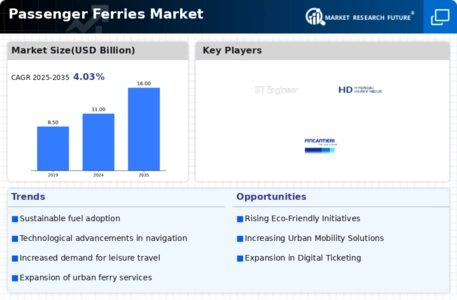
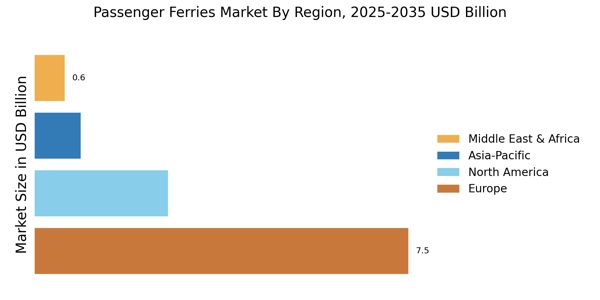
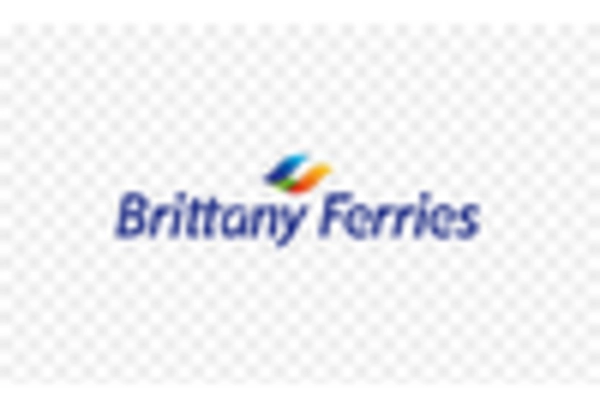
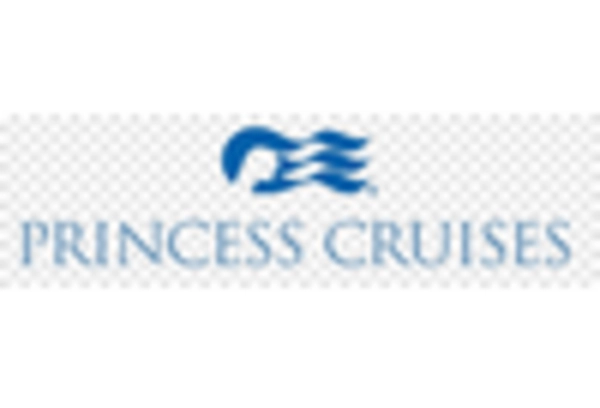

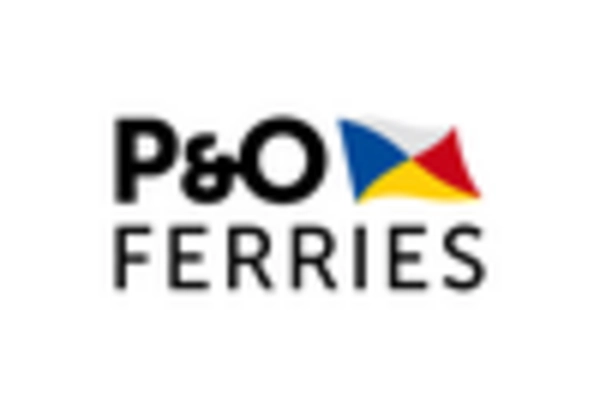










Leave a Comment